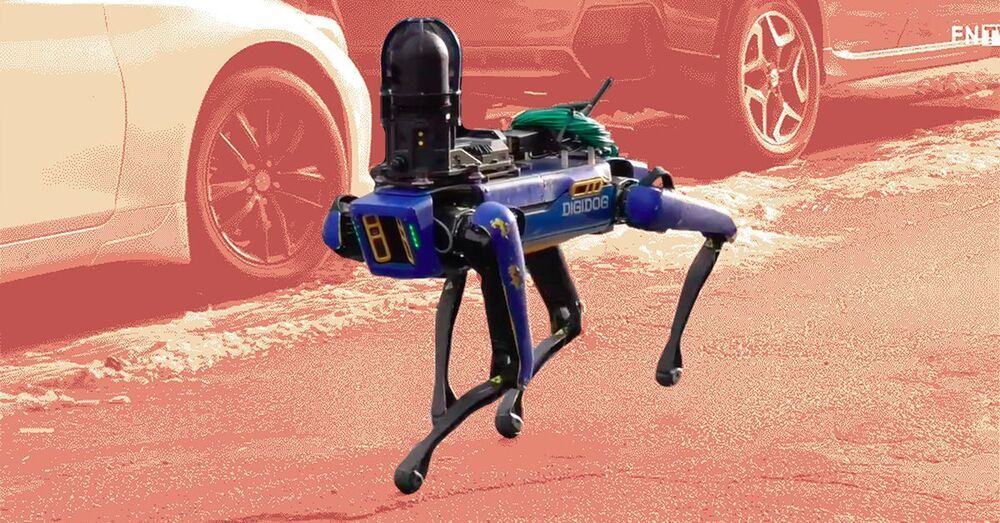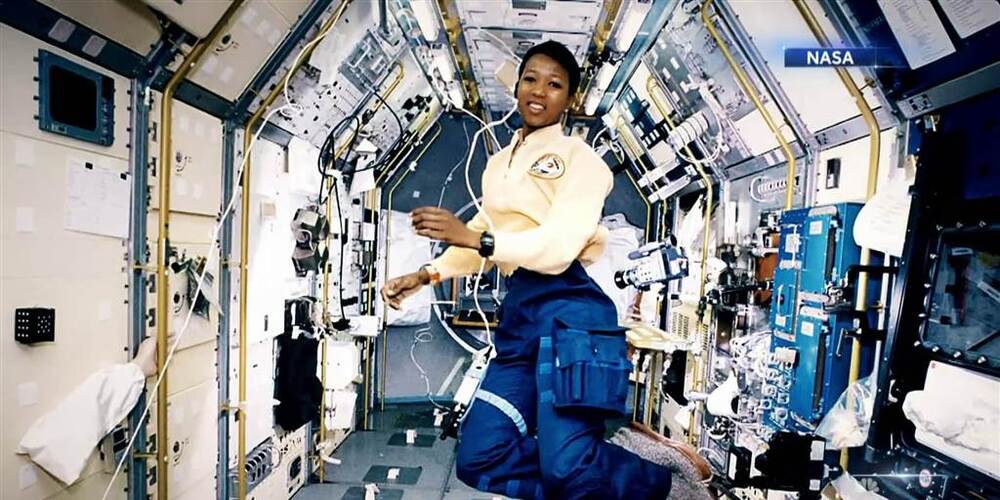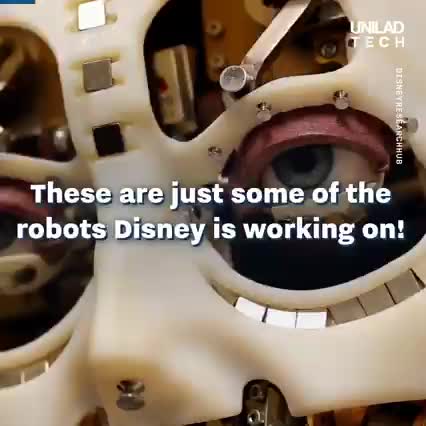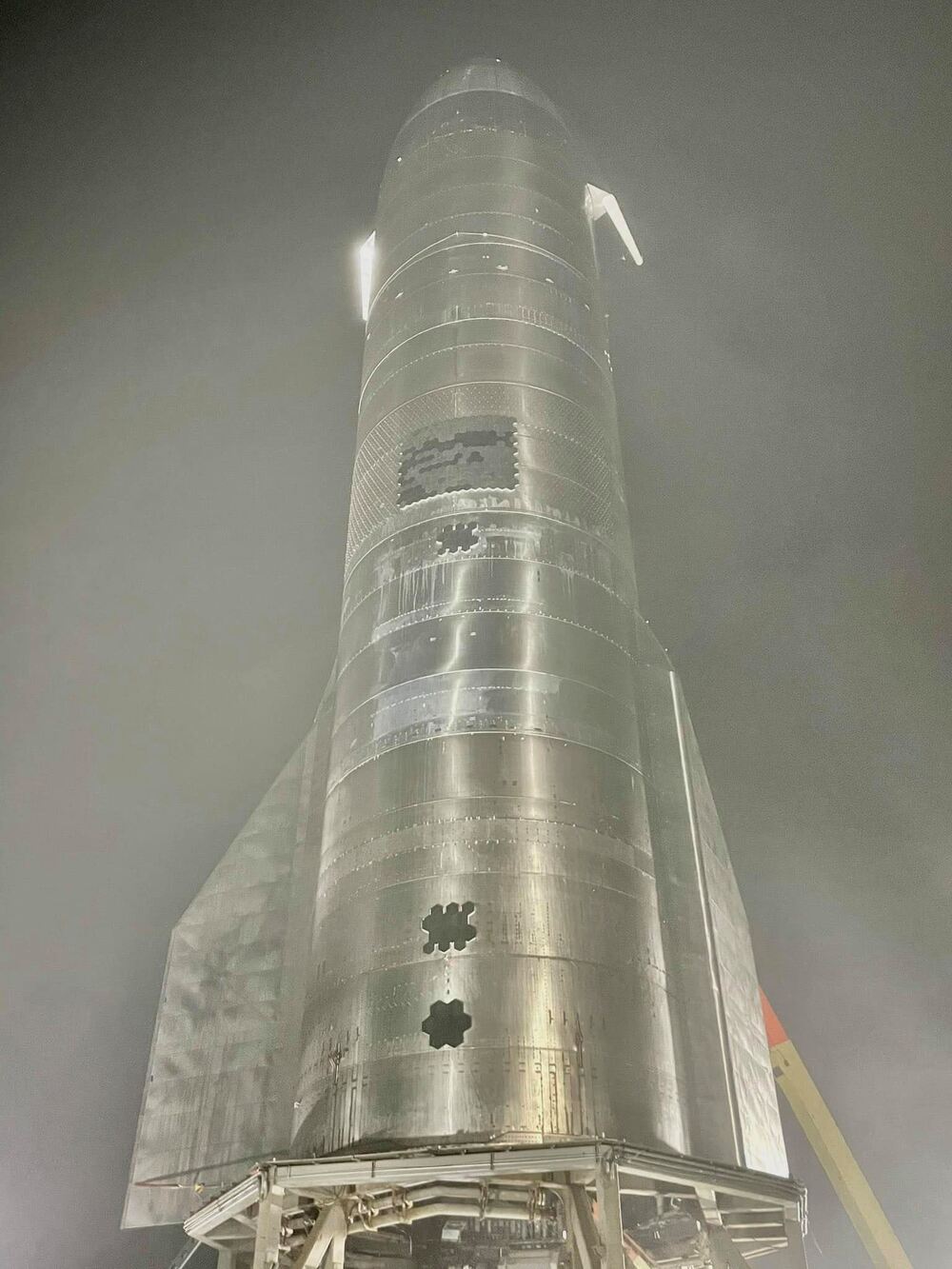Spot the robot.
Yesterday, the NYPD used a Boston Dynamics robot — Spot — to investigate a home invasion in the Bronx. A spokesperson for the NYPD said the robot is in a test phase.



British start-up company Gravitricity has developed a system to store excess energy by using the power of gravity.
If you like this video — put Thumb Up button (please) and.
Okay, okay. I got to go… See You Soooooooooooooooon dudes wink


Bitcoin mining is mainly driven by renewable energy — hydro (by far the largest component), solar, wind and geothermal. Period.
In fact, we’ve estimated the lower bound of renewables penetration in the bitcoin mining energy mix to be 77.6%.
From 2018, but it’s likely gotten better since then.
Addressing the dangers of lazy crypto industry research, and aiming to debunk the negative narrative that bitcoin detractors are attempting to create.


